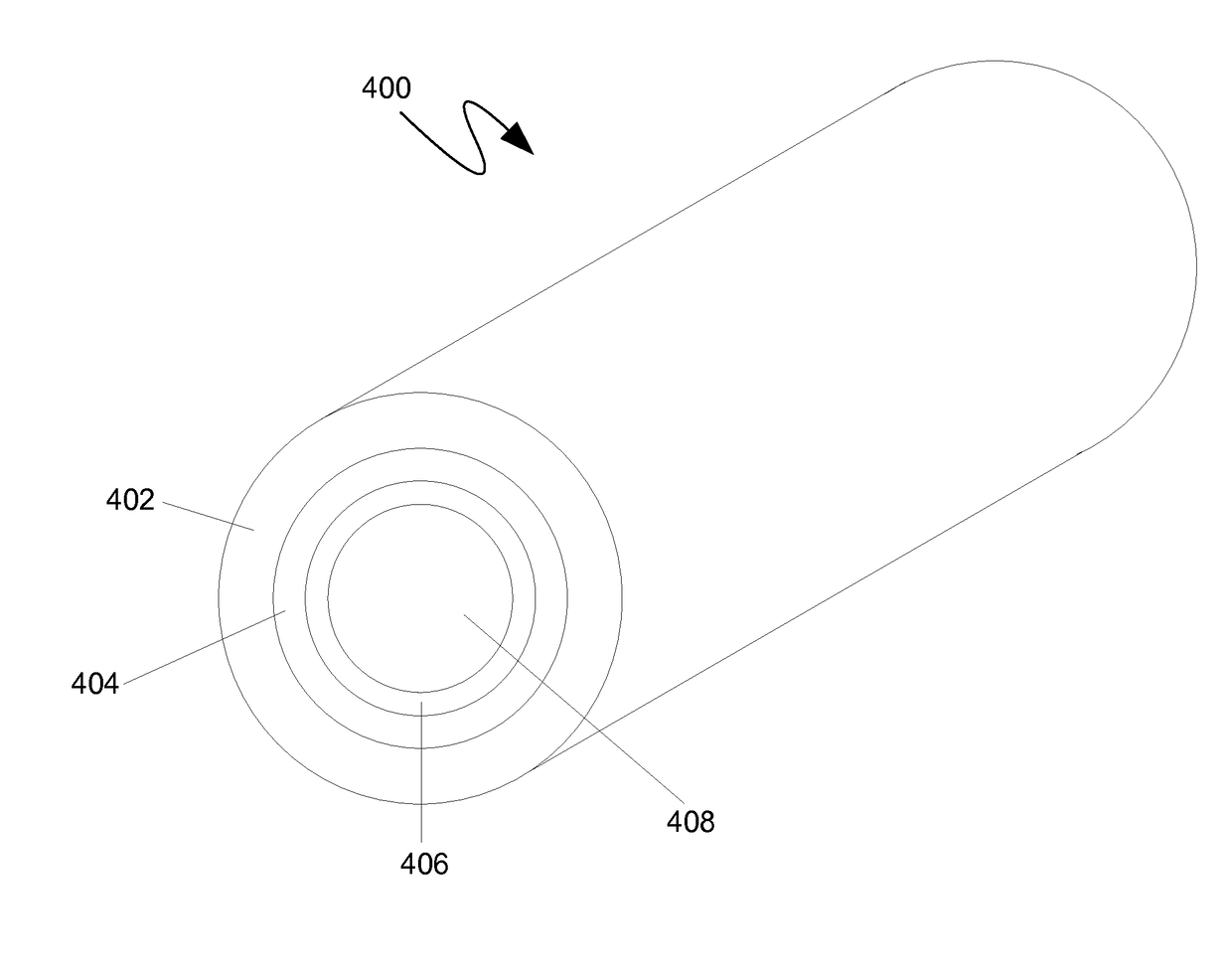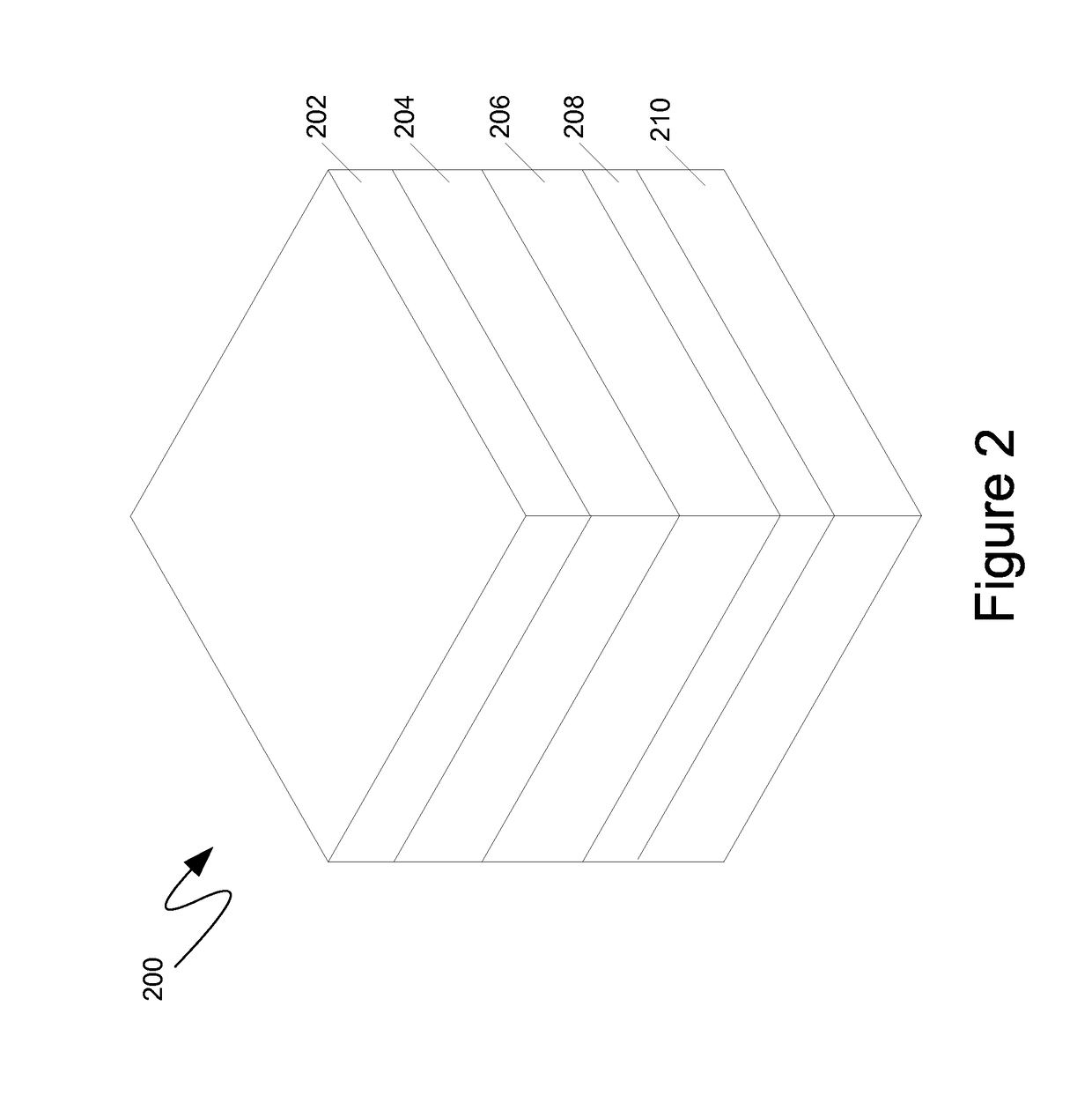High frequency light emission device
a light emission device and high frequency technology, applied in the field of light emission devices, can solve the problems of too slow rate at which light can be modulated (alternating, states) and cannot be used in any communication or data processing application, and achieve the effect of easy local integration
- Summary
- Abstract
- Description
- Claims
- Application Information
AI Technical Summary
Benefits of technology
Problems solved by technology
Method used
Image
Examples
Embodiment Construction
[0013]As mentioned above, the long lifetimes of certain light emitters, such as lanthanide and transition-metal phosphors or emitters, present challenges for conventional pump-based modulation methods where the maximum switching speeds are limited by the decay time of the excited state. While these light emitters have longer lifetimes, they are also efficient light emitters and often play a role in a range of modern device technologies from displays and lighting to lasers, sensors, and telecommunication. Nevertheless, their slow radiative decay rate is generally perceived as a technological limit for high-speed photonic devices. This is particularly problematic for transition-metal and lanthanide phosphors, such as erbium-doped materials, as they have lifetimes on the order of milliseconds to hundreds of microseconds, which would appear to restrict modulation speeds to the range of 1-10 kHz. To overcome this limit, the present application discloses methods and systems for directly m...
PUM
| Property | Measurement | Unit |
|---|---|---|
| thick | aaaaa | aaaaa |
| thick | aaaaa | aaaaa |
| thick | aaaaa | aaaaa |
Abstract
Description
Claims
Application Information
 Login to View More
Login to View More - R&D
- Intellectual Property
- Life Sciences
- Materials
- Tech Scout
- Unparalleled Data Quality
- Higher Quality Content
- 60% Fewer Hallucinations
Browse by: Latest US Patents, China's latest patents, Technical Efficacy Thesaurus, Application Domain, Technology Topic, Popular Technical Reports.
© 2025 PatSnap. All rights reserved.Legal|Privacy policy|Modern Slavery Act Transparency Statement|Sitemap|About US| Contact US: help@patsnap.com



